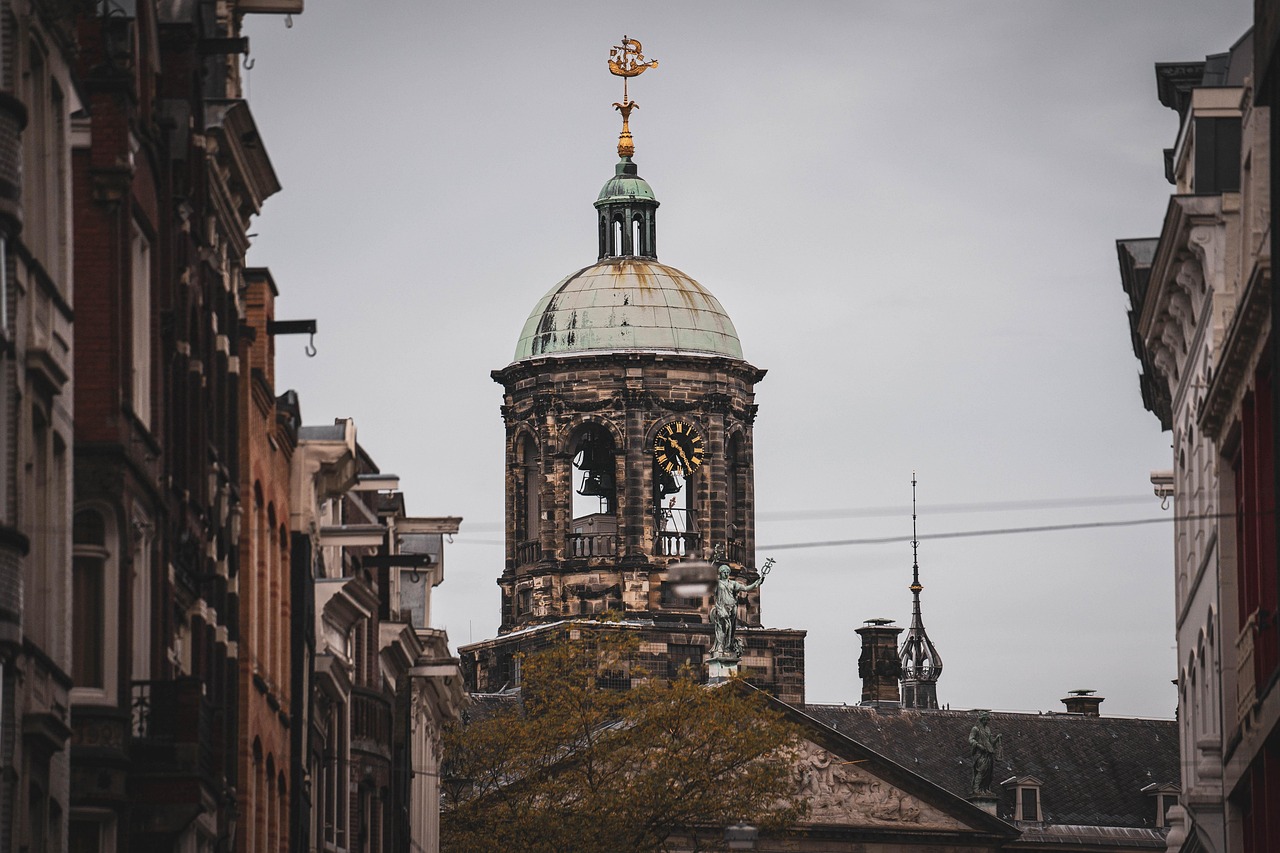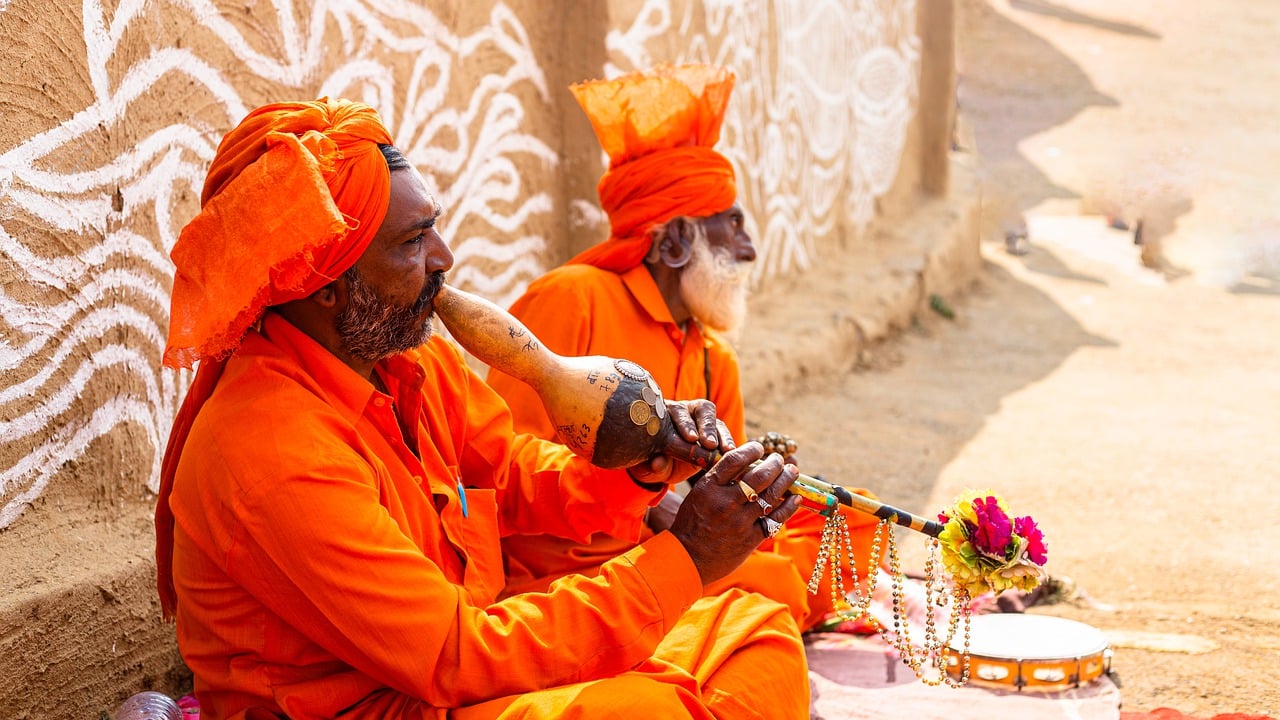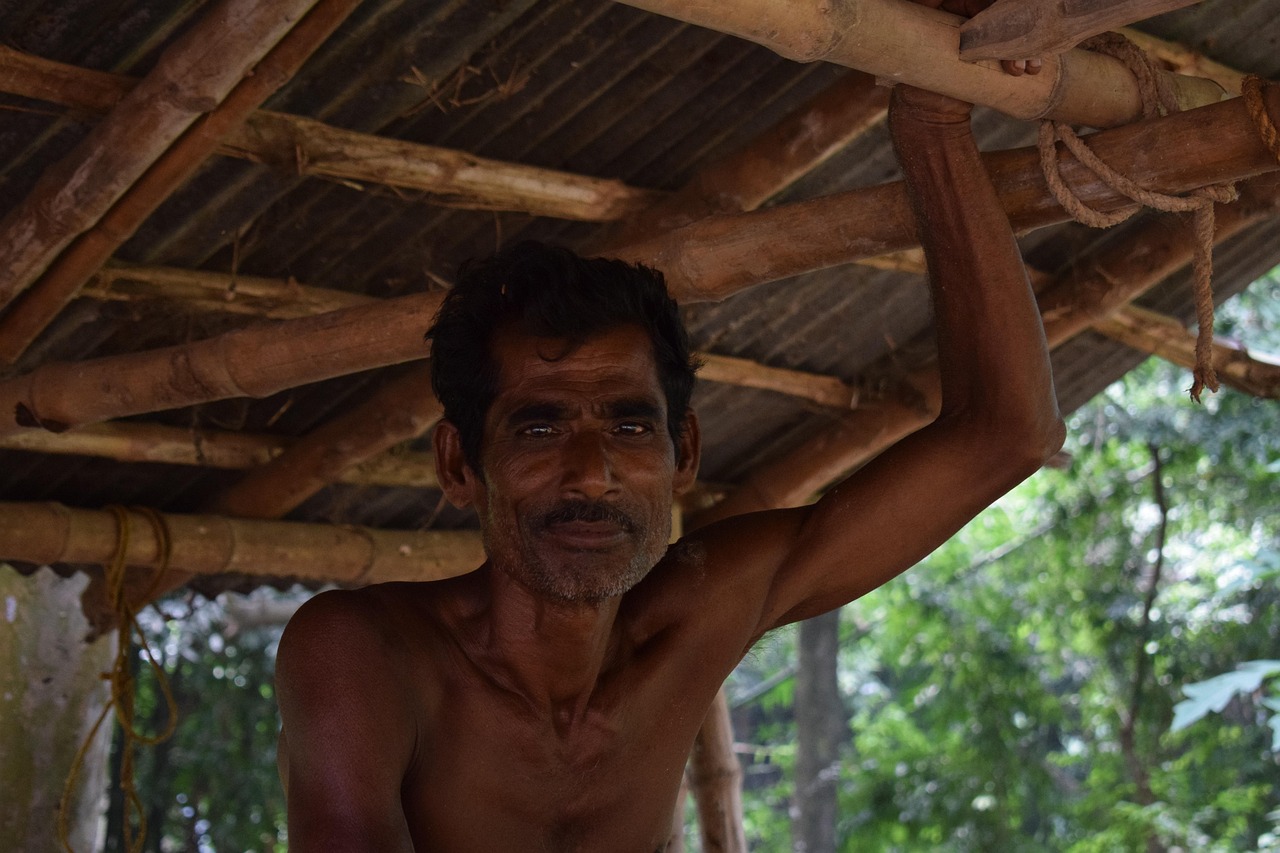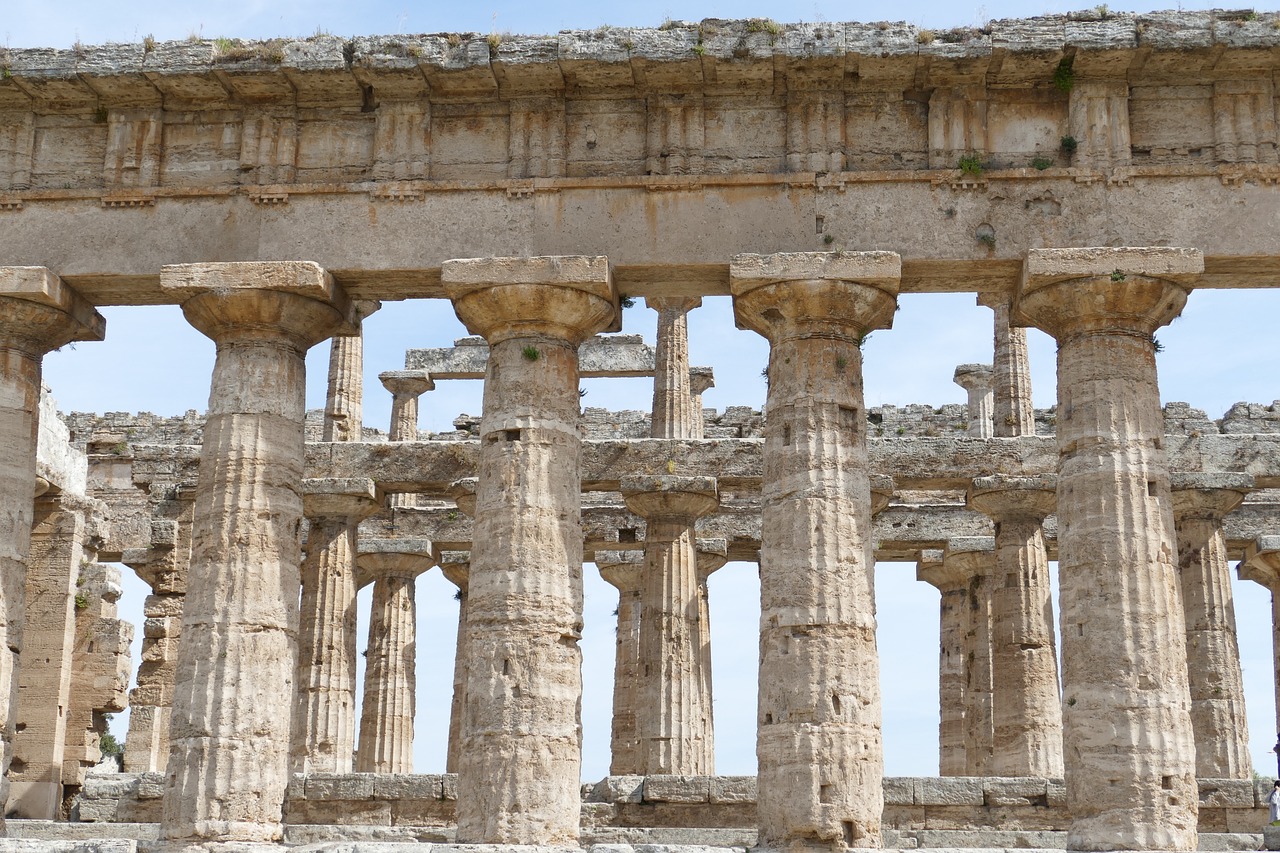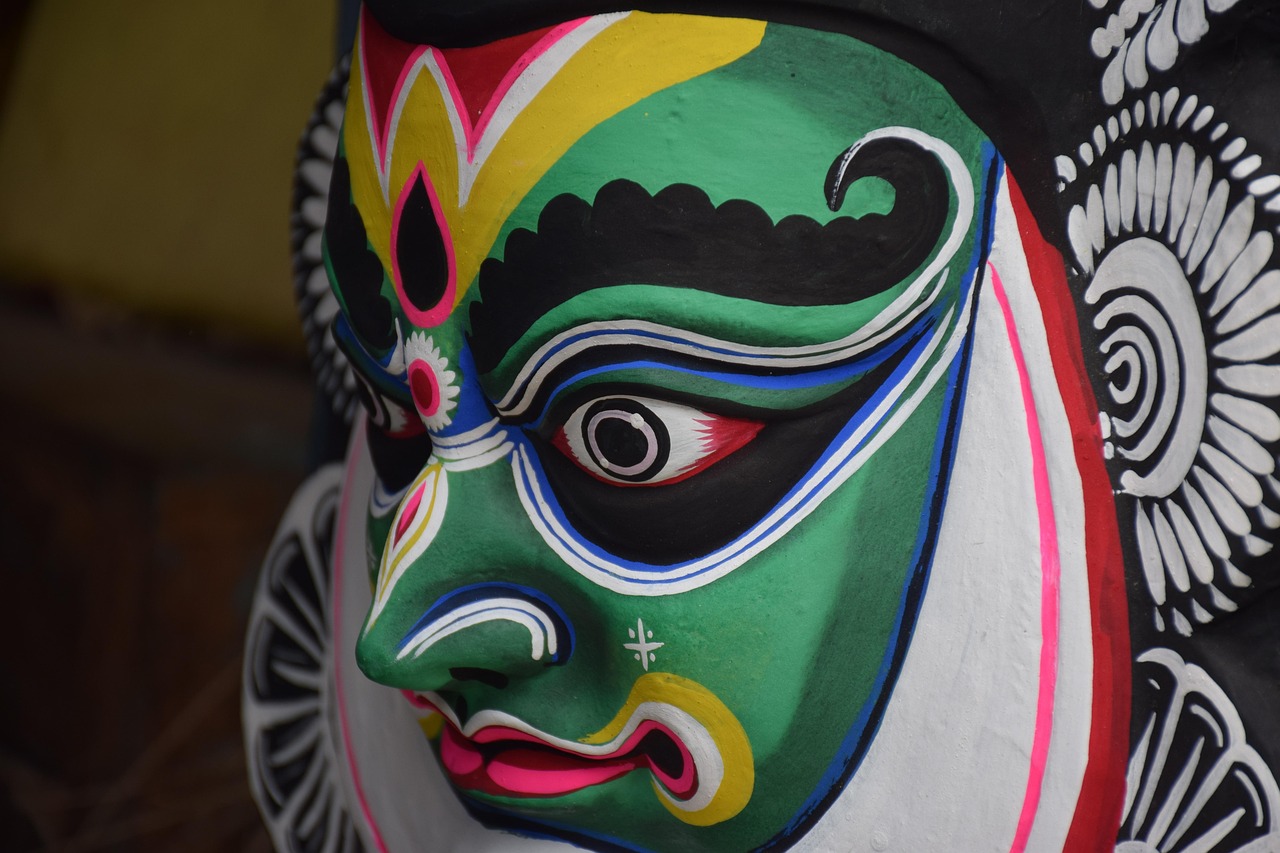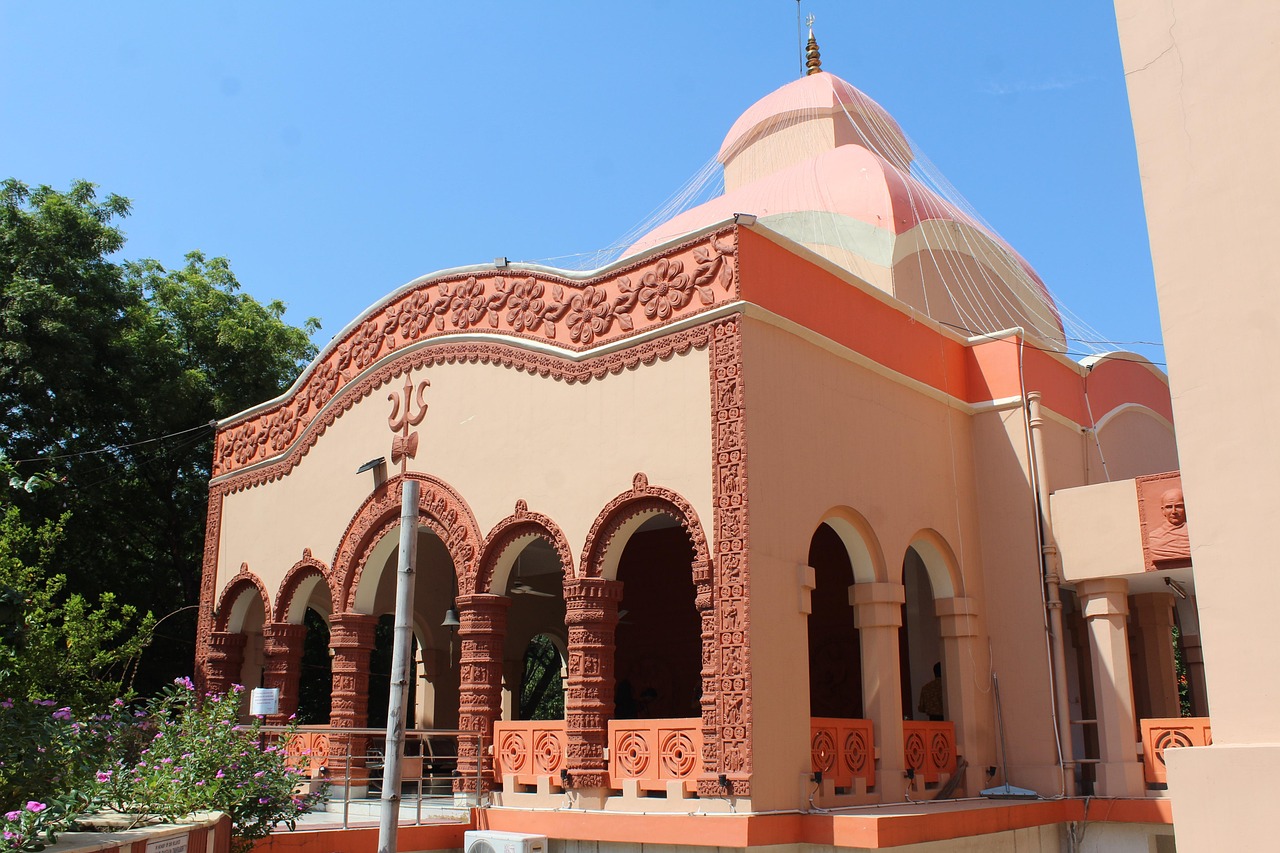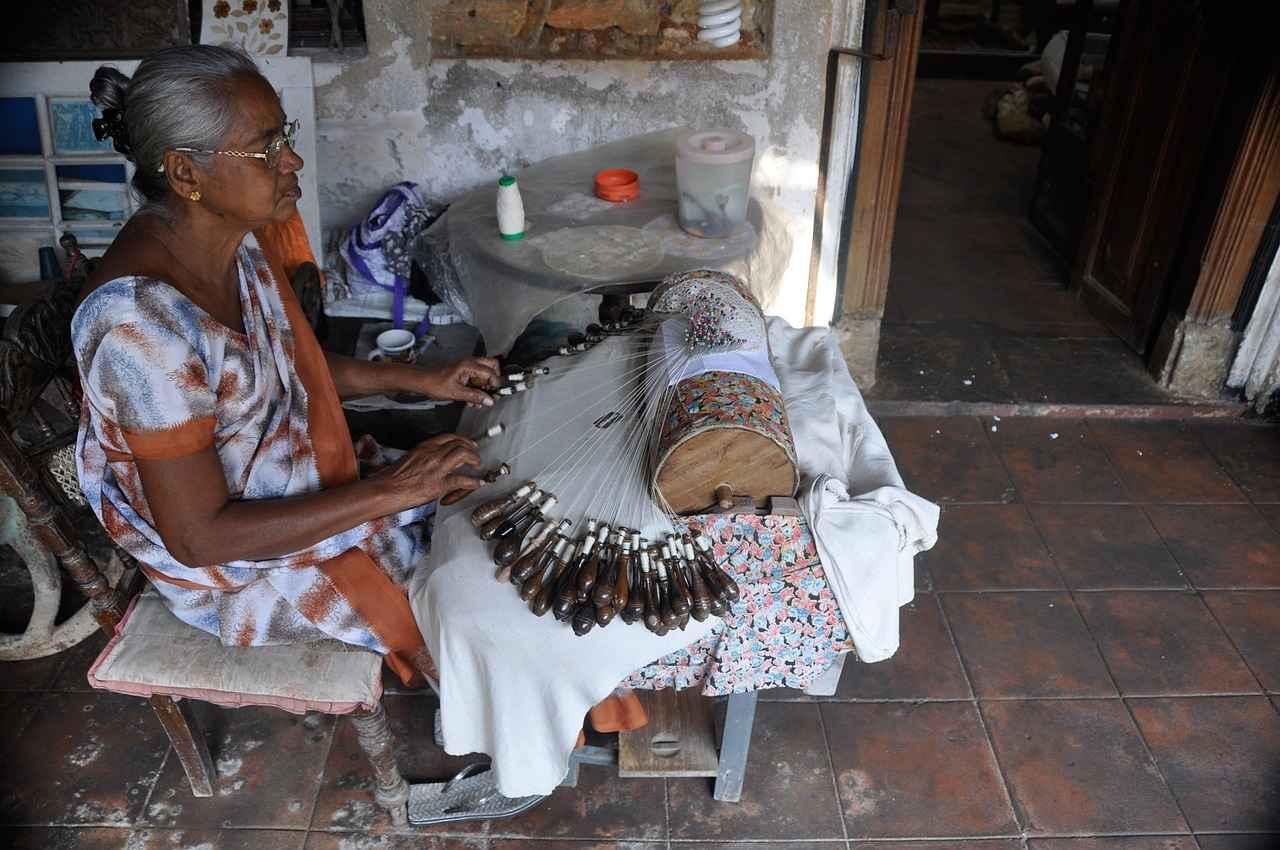This article explores the historical significance, architectural beauty, and spiritual essence of Tarapith Temple, a revered site in West Bengal, attracting pilgrims and tourists alike.
History of Tarapith Temple
Delving into the rich history of Tarapith Temple, we uncover its origins, the legends surrounding its establishment, and its evolution over the centuries as a spiritual center. The temple is believed to have been founded in the 16th century, and it has witnessed numerous historical events that shaped its significance in local culture.
Architectural Marvels of Tarapith
The architecture of Tarapith Temple showcases a unique blend of traditional styles, reflecting the cultural heritage of the region. The intricate carvings and design elements are a testament to the skill of ancient artisans, making it a visual delight for visitors.
Significant Structures within the Temple Complex
- The Main Shrine: Dedicated to the goddess Tara, it is the focal point of worship and attracts thousands of devotees.
- Other Notable Shrines: These shrines are dedicated to various deities, each with its own significance and rituals.
Festivals Celebrated at Tarapith
Tarapith Temple hosts numerous festivals throughout the year, drawing thousands of devotees. Major festivals like Durga Puja and Navratri are celebrated with great fervor, showcasing the temple’s vibrant cultural life.
Spiritual Practices and Rituals
The spiritual practices at Tarapith Temple are deeply rooted in tradition. Daily rituals create a vibrant spiritual atmosphere, with offerings made by devotees playing a crucial role in worship.
Visiting Tarapith: A Guide for Travelers
For those planning to visit Tarapith Temple, essential information includes travel tips, the best times to visit, and nearby attractions that enhance the overall experience.
The Cultural Significance of Tarapith
Tarapith Temple holds immense cultural significance in West Bengal, influencing local traditions, art, and community life. The temple fosters a sense of community among devotees, making it a vital part of local culture.
Conclusion: The Enduring Legacy of Tarapith Temple
In conclusion, Tarapith Temple stands as a testament to the spiritual and cultural richness of West Bengal, continuing to inspire devotion and reverence among visitors from around the world.

History of Tarapith Temple
Exploring the fascinating history of Tarapith Temple reveals a tapestry of legends, cultural evolution, and profound spirituality. Located in the heart of West Bengal, this temple is dedicated to the goddess Tara, a significant figure in Hindu mythology. The origins of Tarapith Temple date back to the early 19th century, although local lore suggests that the site may have been a place of worship for centuries prior.
According to popular legend, the temple was established by a sage named Bamakhepa, who was known for his intense devotion and mystical experiences. It is said that he encountered the goddess Tara in a vision, which inspired him to build the temple. The site has since evolved into a major pilgrimage destination, attracting thousands of devotees each year.
The temple’s architecture reflects a blend of traditional and contemporary styles, showcasing intricate carvings and vibrant artwork that narrate stories from Hindu scriptures. Over the years, Tarapith has undergone numerous renovations, with each phase adding layers to its rich history. The temple complex now includes several smaller shrines, each dedicated to various deities, enhancing its spiritual atmosphere.
As time progressed, Tarapith Temple became more than just a place of worship; it transformed into a cultural hub for the local community. Festivals celebrated here, such as the Durga Puja and Navratri, draw immense crowds, showcasing the temple’s significance in the cultural fabric of West Bengal.
In conclusion, the history of Tarapith Temple is a testament to the enduring power of faith and community. Its legends, architectural beauty, and spiritual essence continue to inspire and attract visitors, making it a vital landmark in West Bengal’s cultural landscape.

Architectural Marvels of Tarapith
The Tarapith Temple stands as a remarkable testament to the rich architectural heritage of West Bengal. This sacred site not only serves as a spiritual hub but also showcases an intricate blend of traditional Indian architectural styles. The temple’s design elements are a reflection of the region’s cultural history, making it a significant landmark for both pilgrims and tourists.
One of the most striking features of the Tarapith Temple is its elaborate carvings. These carvings depict various deities, mythological stories, and floral motifs, showcasing the exceptional craftsmanship of the artisans who built the temple. The use of local materials adds to the authenticity and charm of the structure, inviting visitors to appreciate the artistry that has stood the test of time.
| Design Element | Description |
|---|---|
| Intricate Carvings | Detailed sculptures depicting deities and mythological scenes. |
| Traditional Roof | Unique sloping roofs typical of Bengali temple architecture. |
| Stone Pillars | Strong pillars adorned with carvings that support the temple structure. |
In addition to the carvings, the temple complex features a series of courtyards that enhance the overall aesthetic appeal. These open spaces allow devotees to gather and participate in various rituals, fostering a sense of community among visitors. The layout of the temple is designed to facilitate the flow of energy, creating a spiritually uplifting atmosphere.
Furthermore, the color palette used in the temple’s design is both vibrant and symbolic. Rich hues of red and gold are predominant, reflecting the divine energy associated with the goddess Tara, to whom the temple is dedicated. This combination of color and design elements not only attracts attention but also serves to inspire reverence among worshippers.
In conclusion, the architectural marvels of Tarapith Temple are a celebration of cultural heritage and spiritual significance. Its intricate designs and historical elements make it a must-visit destination for anyone interested in exploring the rich tapestry of Indian architecture.
Significant Structures within the Temple Complex
Within the sacred grounds of the Tarapith Temple, several significant structures play a vital role in nurturing its spiritual atmosphere. Each of these structures is not merely a physical entity but a manifestation of the faith and devotion of countless devotees who visit the temple daily.
- The Main Shrine: At the heart of the temple complex lies the main shrine dedicated to the goddess Tara. This shrine is a focal point for worshippers, where elaborate rituals and offerings are performed daily. The atmosphere is charged with devotion, as the sound of chanting and the aroma of incense fill the air.
- The Sacred Fire: Adjacent to the main shrine, the sacred fire, or Akhand Jyoti, symbolizes the eternal presence of the divine. Devotees gather around this fire to offer their prayers, believing that the flames carry their wishes to the goddess.
- The Meditation Hall: This tranquil space within the temple complex is dedicated to meditation and reflection. Visitors often spend time here, seeking peace and solace away from the bustling activities of the temple.
- The Community Pavilion: Serving as a gathering place for pilgrims, the community pavilion fosters a sense of unity among devotees. Here, they share stories, experiences, and participate in discussions about spirituality, enhancing the communal aspect of worship.
- The Ritual Bathing Area: Located nearby, this area is considered purifying by devotees. Many believe that bathing in the sacred waters prepares them spiritually before entering the main shrine, making it an essential part of their pilgrimage.
These structures not only enhance the temple’s aesthetic appeal but also facilitate various daily activities and rituals, enriching the spiritual experience of every visitor. Each element within the temple complex contributes to a profound sense of reverence and connection to the divine.
The Main Shrine
of Tarapith Temple is a sacred site dedicated to the goddess Tara, a prominent figure in Hindu mythology. This shrine not only serves as a spiritual hub for devotees but also embodies the rich cultural heritage of the region. The significance of this shrine extends beyond mere worship; it plays a crucial role in the daily lives of the local community and attracts pilgrims from all around.
The goddess Tara is revered as a symbol of strength and protection. Many believe that she grants her devotees the power to overcome obstacles and challenges in life. This belief is particularly evident during the rituals performed at the shrine, where devotees offer flowers, fruits, and other sacred items to seek her blessings. The atmosphere during these rituals is filled with devotion and reverence, creating a unique spiritual experience for all who attend.
Notably, the rituals conducted at the main shrine include daily prayers and special ceremonies during festivals. These events draw large crowds and foster a sense of community among participants. The most significant festival celebrated here is the Navaratri, which honors the divine feminine and showcases the vibrant traditions of the local culture.
In addition to its religious significance, the main shrine of Tarapith Temple is also an architectural marvel. The intricate carvings and sculptures adorning the shrine reflect the artistry of the region and tell stories of the goddess’s legends. Visitors are often captivated by the beauty of the shrine, which enhances the overall spiritual experience.
As one of the most important shrines in West Bengal, the main shrine of Tarapith Temple not only serves as a place of worship but also as a testament to the enduring legacy of the goddess Tara. It remains a vital part of the local culture, continuing to inspire devotion and reverence among countless devotees.
Other Notable Shrines
Apart from the main shrine dedicated to the goddess Tara, the Tarapith Temple complex is home to several other shrines, each with its own unique significance and offerings. These shrines contribute to the rich tapestry of spirituality that envelops the temple grounds.
- Shrine of Bhairav: This shrine is dedicated to Bhairav, a fierce manifestation of Lord Shiva. Devotees often offer animal sacrifices here, believing that doing so will appease the deity and grant them protection from negative energies.
- Shrine of Kali: Situated nearby, this shrine honors Goddess Kali. The offerings here typically include flowers, fruits, and sweets, which symbolize devotion and gratitude. Devotees seek her blessings for strength and courage.
- Shrine of Ganesha: Known as the remover of obstacles, this shrine is dedicated to Lord Ganesha. Visitors often bring modaks (sweet dumplings) as offerings, believing that these sweets please the deity and help in overcoming challenges.
- Shrine of Durga: Dedicated to Goddess Durga, this shrine is particularly popular during the festival of Durga Puja. Offerings of red hibiscus flowers and prasad are common, symbolizing devotion and reverence.
Each shrine within the Tarapith Temple complex not only enhances the spiritual ambiance but also provides a unique avenue for devotees to express their faith. The diversity of deities and their corresponding offerings reflects the rich cultural heritage of the region, inviting pilgrims to partake in a variety of rituals and spiritual practices.
In conclusion, visiting these shrines within the Tarapith Temple complex offers a profound experience, allowing devotees to connect with various aspects of the divine. The unique offerings associated with each deity serve as a reminder of the multifaceted nature of spirituality.
Festivals Celebrated at Tarapith
The Tarapith Temple is not only a spiritual hub but also a vibrant center of cultural festivities that attract thousands of devotees throughout the year. Each festival celebrated here is a reflection of the rich traditions and deep-rooted beliefs of the local community. This section explores the major festivals, their significance, and the unique experiences they offer to visitors.
- Shivratri: One of the most important festivals at Tarapith, Shivratri is celebrated with great fervor. Devotees observe fasts, offer prayers, and participate in night-long vigils. The atmosphere is charged with spirituality as chants and hymns resonate throughout the temple.
- Durga Puja: This festival marks the worship of Goddess Durga and is celebrated with elaborate rituals, cultural performances, and community gatherings. The temple becomes a focal point for the festivities, showcasing the artistic expressions of local artisans.
- Navaratri: A nine-night festival dedicated to the worship of the divine feminine, Navaratri sees a surge in visitors. Each night is marked by specific rituals, dances, and offerings, culminating in a grand celebration that honors the goddess Tara.
- Chaitra Mela: Held during the month of Chaitra, this fair attracts pilgrims from far and wide. It features stalls selling religious artifacts, local handicrafts, and traditional food, creating a bustling environment filled with joy and devotion.
- Makara Sankranti: Celebrated in January, this festival marks the transition of the sun into Capricorn. Pilgrims flock to the temple to offer prayers and partake in the communal feasting that follows the rituals.
Each of these festivals is not just a religious observance but a celebration of community and culture, fostering bonds among devotees and enriching the spiritual experience at Tarapith Temple. The vibrant atmosphere during these occasions makes it a must-visit for anyone seeking to experience the spiritual and cultural essence of West Bengal.

Spiritual Practices and Rituals
The Tarapith Temple is not just a place of worship; it is a vibrant hub of spiritual activity steeped in deep-rooted traditions. The rituals performed here are a reflection of the rich cultural heritage of the region and the devotion of its followers. In this section, we delve into the various rituals that devotees engage in and their profound meanings.
- Daily Rituals: Each day at Tarapith Temple begins with a series of rituals that are meticulously followed. These rituals include morning prayers, abhishekam (ritual bathing of the deity), and arati (waving of lights). The daily practices not only foster a sense of community among devotees but also reinforce their spiritual connection to the goddess Tara.
- Special Pujas: Throughout the year, several special pujas are conducted, each with its own significance. For instance, during Navaratri, elaborate rituals are performed to honor the goddess in her various forms. Devotees offer flowers, fruits, and sweets as a sign of their devotion, believing these offerings will bring blessings and prosperity.
- Offerings and Sacrifices: One of the unique aspects of worship at Tarapith is the practice of animal sacrifices, which are believed to appease the goddess and fulfill the wishes of the devotees. This practice, while controversial, is deeply rooted in the local tradition and is viewed by many as a sacred act of devotion.
- Festivals: Major festivals like Shivaratri and Durga Puja see an influx of pilgrims who participate in grand celebrations. These festivals are marked by vibrant decorations, devotional songs, and communal feasting, creating a festive atmosphere that enhances the spiritual experience.
The rituals at Tarapith Temple are not merely ceremonial; they are a means for devotees to express their faith, seek blessings, and connect with the divine. Each act of worship is imbued with significance, making the temple a living testament to the enduring spiritual traditions of West Bengal.
Daily Rituals
Daily rituals at Tarapith Temple embody a profound spiritual practice that resonates deeply with the temple’s devotees. These rituals, performed with unwavering devotion, create a vibrant atmosphere filled with faith and spiritual energy.
The day at Tarapith Temple typically begins before dawn, as devotees gather for the mangal aarti, a ceremonial worship that marks the start of the day. This ritual involves the offering of light to the deity, accompanied by melodious chants and hymns, which set a sacred tone for the day. The devotees believe that participating in this early morning ritual brings them blessings and purifies their souls.
Following the aarti, the temple priests perform a series of pujas (worship rituals) that include offerings of flowers, fruits, and sacred items to the goddess Tara. Each offering is made with specific intentions, reflecting the personal prayers and desires of the devotees. This practice not only strengthens the bond between the devotees and the deity but also fosters a sense of community among those present.
| Time | Ritual | Significance |
|---|---|---|
| Dawn | Mangal Aarti | Welcomes the day with light and devotion |
| Mid-Morning | Daily Pujas | Personal offerings and prayers |
| Afternoon | Sandhya Aarti | Evening worship to express gratitude |
Throughout the day, devotees engage in meditation and chanting, which are essential components of their spiritual practice. These activities not only enhance their connection to the divine but also promote inner peace and tranquility. The temple grounds are often filled with the sounds of mantras, creating an atmosphere that is both calming and uplifting.
As the day transitions into evening, the sandhya aarti takes place, where devotees gather once again to offer their gratitude for the day’s blessings. This ritual serves as a beautiful conclusion to the daily practices, reinforcing the spiritual significance of their faith.
In summary, the daily rituals at Tarapith Temple are not merely ceremonial acts; they are a vital part of the devotees’ lives, offering them a sense of purpose and spiritual fulfillment. These practices highlight the rich spiritual tapestry of the temple, inviting all who visit to partake in its sacred traditions.
Special Pujas and Offerings
hold a significant place in the worship practices at Tarapith Temple, reflecting the deep-seated traditions of Hindu rituals. These sacred acts not only symbolize devotion but also serve as a means for devotees to connect with the divine. The temple attracts numerous pilgrims who come to seek blessings and offer their prayers through various rituals.
Devotees engage in special pujas that are often tailored to their personal needs or specific occasions. These pujas may include elaborate ceremonies performed by priests, where offerings such as flowers, fruits, sweets, and incense are presented to the deity. Each offering is imbued with meaning and serves to express gratitude, seek forgiveness, or request blessings for health, prosperity, and peace.
| Type of Offering | Significance |
|---|---|
| Flowers | Symbol of purity and devotion |
| Fruits | Representing the fruits of devotion and labor |
| Sweets | Offering joy and sweetness in life |
| Incense | Purifying the space and elevating prayers |
Moreover, the significance of these offerings extends beyond the physical act. They are a way for devotees to express their faith and commitment to their spiritual journey. The rituals often include chanting of mantras, which are believed to enhance the effectiveness of the offerings and create a spiritually charged environment.
During special festivals, the scale of these pujas increases, attracting even more participants. Navaratri and Durga Puja are notable examples where the temple becomes a hub of vibrant activities, with numerous offerings made to honor the goddess Tara. These events not only strengthen community bonds but also reinforce the cultural heritage associated with the temple.
In conclusion, special pujas and offerings at Tarapith Temple are not merely ceremonial practices; they are profound expressions of faith that connect devotees to their spiritual roots and the divine. These rituals enrich the spiritual atmosphere of the temple and serve as a reminder of the enduring traditions of Hindu worship.

Visiting Tarapith: A Guide for Travelers
For those planning to visit Tarapith Temple, this section provides essential information that will enhance your experience, including travel tips, the best times to visit, and nearby attractions.
- Travel Tips: To make the most of your visit, consider the following tips:
- Dress modestly, as this is a sacred site.
- Arrive early in the morning to avoid crowds and experience the serene atmosphere.
- Respect the local customs and practices; observe the rituals and participate if invited.
- Best Times to Visit: The ideal time to visit Tarapith Temple is during the winter months (November to February) when the weather is pleasant. Additionally, visiting during major festivals like Navratri can provide a unique experience, with vibrant celebrations and rituals.
- Nearby Attractions: After visiting the temple, explore these nearby attractions:
- Tarapith River: A tranquil spot perfect for relaxation and reflection.
- Bakreshwar: Famous for its hot springs and Shiva temple, it is just a short drive away.
- Deoghar: Known for the Baidyanath Temple, Deoghar is a significant pilgrimage site and offers beautiful landscapes.
In conclusion, visiting Tarapith Temple is not only a spiritual journey but also an opportunity to immerse yourself in the rich culture and traditions of West Bengal. Plan your trip well, and you will surely have a memorable experience.
How to Reach Tarapith
Traveling to Tarapith Temple is an accessible journey, thanks to a variety of transportation options that cater to the needs of visitors. Nestled in the heart of West Bengal, this revered temple attracts numerous pilgrims and tourists each year. Below, we outline the best routes and modes of transport to ensure a smooth trip to this spiritual haven.
- By Train: The nearest railway station to Tarapith is Rampurhat Junction, located approximately 10 kilometers away. Regular trains connect Rampurhat with major cities like Kolkata, Howrah, and Siliguri. Upon arrival, visitors can hire local taxis or auto-rickshaws to reach the temple.
- By Road: Tarapith is well-connected by road, making it easy for travelers to reach by car or bus. National Highway 14 runs nearby, allowing for convenient access from cities like Bardhaman and Malda. State-run buses frequently operate from various locations, providing an economical option for pilgrims.
- By Air: The closest airport is Bagdogra Airport, about 170 kilometers away. From the airport, visitors can hire a taxi or take a bus to Rampurhat and then continue to Tarapith. Alternatively, Kolkata Airport is about 250 kilometers away, offering more flight options.
- Local Transportation: Once in Tarapith, local transportation options such as auto-rickshaws and cycle rickshaws are readily available. These are not only affordable but also provide a unique way to explore the local area and its attractions.
In summary, reaching Tarapith Temple is a straightforward endeavor, with multiple transportation options that cater to different preferences and budgets. Whether traveling by train, road, or air, visitors can easily find their way to this sacred site, enhancing their spiritual journey.
Accommodation Options Nearby
Accommodation Options Nearby Tarapith Temple
When visiting the Tarapith Temple, finding suitable accommodation is essential for a comfortable pilgrimage experience. Fortunately, the area surrounding the temple offers a variety of options that cater to different preferences and budgets.
| Accommodation Type | Name | Features | Price Range |
|---|---|---|---|
| Hotel | Hotel Tarapith | Modern amenities, restaurant, and proximity to the temple. | ₹1500 – ₹3000 |
| Guesthouse | Shree Ram Guesthouse | Cozy rooms, friendly staff, and a peaceful environment. | ₹800 – ₹1500 |
| Homestay | Devine Homestay | Authentic local experience, home-cooked meals. | ₹1000 – ₹2000 |
| Hostel | Tarapith Backpackers | Budget-friendly, dormitory-style accommodation. | ₹500 – ₹800 |
Most of these accommodations are within walking distance of the temple, making it convenient for pilgrims to participate in daily rituals and ceremonies. Additionally, many of these places offer special packages for groups, which can be an excellent option for those traveling with family or friends.
For a more immersive experience, consider staying at a homestay, where you can enjoy the warmth of local hospitality and gain insights into the cultural significance of Tarapith. Whether you’re looking for luxury or budget-friendly options, the area provides a range of choices to ensure that your stay is both comfortable and memorable.
In conclusion, the variety of accommodation options near Tarapith Temple ensures that all visitors can find a suitable place to rest and recharge after a day of spiritual exploration. Make sure to book in advance, especially during peak pilgrimage seasons, to secure your preferred choice.

The Cultural Significance of Tarapith
Tarapith Temple is not just a spiritual landmark; it is a vibrant hub of cultural significance in West Bengal. This sacred site encapsulates the essence of local traditions, art, and community life, making it a focal point for both devotees and visitors alike.
At the heart of Tarapith’s cultural importance lies its role in local traditions. The temple is a vital part of the rituals and festivals that celebrate the region’s rich heritage. Every year, thousands of pilgrims flock to the temple during significant festivals, such as Mahashivratri and Durga Puja, where the air is filled with chants and the aroma of offerings. These events not only strengthen the spiritual bonds among devotees but also serve as a platform for the transmission of age-old customs and practices.
Furthermore, Tarapith Temple has been a source of inspiration for various forms of art. Local artisans create intricate sculptures and paintings that depict the temple’s deities and mythological stories associated with them. This artistic expression reflects the deep reverence the community holds for the temple and its significance in their lives. The temple’s architecture itself is a testament to the region’s artistic heritage, featuring elaborate carvings and designs that tell stories of devotion and spirituality.
The community surrounding Tarapith Temple thrives on the shared experiences of pilgrimage. This sense of community fosters relationships among devotees, as they come together to participate in rituals, share meals, and engage in discussions about their spiritual journeys. The temple acts as a unifying force, bringing together people from diverse backgrounds, all drawn by their devotion to the goddess Tara.
In conclusion, the cultural significance of Tarapith Temple extends far beyond its religious importance. It is a vital part of the social fabric of West Bengal, influencing local traditions, inspiring artistic endeavors, and fostering a strong sense of community among its devotees. The temple not only serves as a spiritual haven but also as a cultural beacon that continues to shine brightly in the hearts of many.
Influence on Local Art and Literature
The Tarapith Temple has served as a profound source of inspiration for countless artists and writers throughout the ages. Its rich tapestry of spiritual significance, coupled with the enchanting ambiance surrounding the temple, has inspired creative expressions that reflect the essence of the region’s culture and heritage.
Artists have often drawn from the temple’s mythological narratives and the divine presence of the goddess Tara. Paintings, sculptures, and folk art have emerged, showcasing the temple’s architectural beauty and the vibrant rituals performed within its confines. The intricate carvings and vivid colors found in local artworks often depict scenes from the temple’s history, creating a visual dialogue between the sacred and the artistic.
Moreover, the temple’s influence extends into literature as well. Poets and novelists have penned works that explore themes of devotion, spirituality, and the mystical experiences associated with Tarapith. The temple’s legends, such as the tales of the goddess Tara’s divine interventions, have become central motifs in regional literature, inviting readers to delve into a world where the earthly and the divine intersect.
In addition, local festivals celebrated at Tarapith have provided a rich backdrop for storytelling and artistic expression. Writers often capture the essence of these festivals, portraying the communal spirit and the emotional resonance of the rituals. This cultural synergy between the temple and the arts fosters a sense of identity and belonging among the local populace.
In conclusion, the Tarapith Temple is not merely a spiritual haven; it is a vibrant wellspring of creativity that continues to inspire both artists and writers. Its influence on local art and literature serves as a testament to the enduring power of spirituality in shaping cultural narratives.
Community and Pilgrimage
The Tarapith Temple serves as a vital hub for the local community, fostering deep connections among devotees who come together to share in their spiritual journeys. The act of pilgrimage to this sacred site is not merely a personal quest for divine blessings but also a collective experience that strengthens social bonds and cultural identity.
As pilgrims arrive from various regions, they bring with them diverse backgrounds and stories. This convergence creates a unique atmosphere where individuals can engage in meaningful interactions, forming lasting friendships through shared rituals and experiences. The communal aspect of the pilgrimage is evident during festivals, where the temple grounds are filled with vibrant celebrations, music, and dance, uniting people in a spirit of joy and devotion.
Moreover, the temple plays a crucial role in shaping local culture. The rituals and practices observed during the pilgrimage reflect the rich traditions of the region, which are passed down through generations. As devotees participate in these time-honored customs, they not only honor their spiritual beliefs but also contribute to the preservation of their cultural heritage.
| Impact of Pilgrimage | Community Benefits |
|---|---|
| Strengthens social ties | Encourages cooperation and support among locals |
| Promotes cultural exchange | Fosters understanding among diverse groups |
| Enhances local economy | Boosts business for local vendors and services |
In conclusion, the pilgrimage to Tarapith Temple is a profound experience that transcends individual spirituality. It cultivates a strong sense of community, enriching the lives of both pilgrims and local residents. Through shared spiritual practices, the temple not only nurtures personal faith but also strengthens the cultural fabric of the region, ensuring that the legacy of devotion and community continues to thrive.
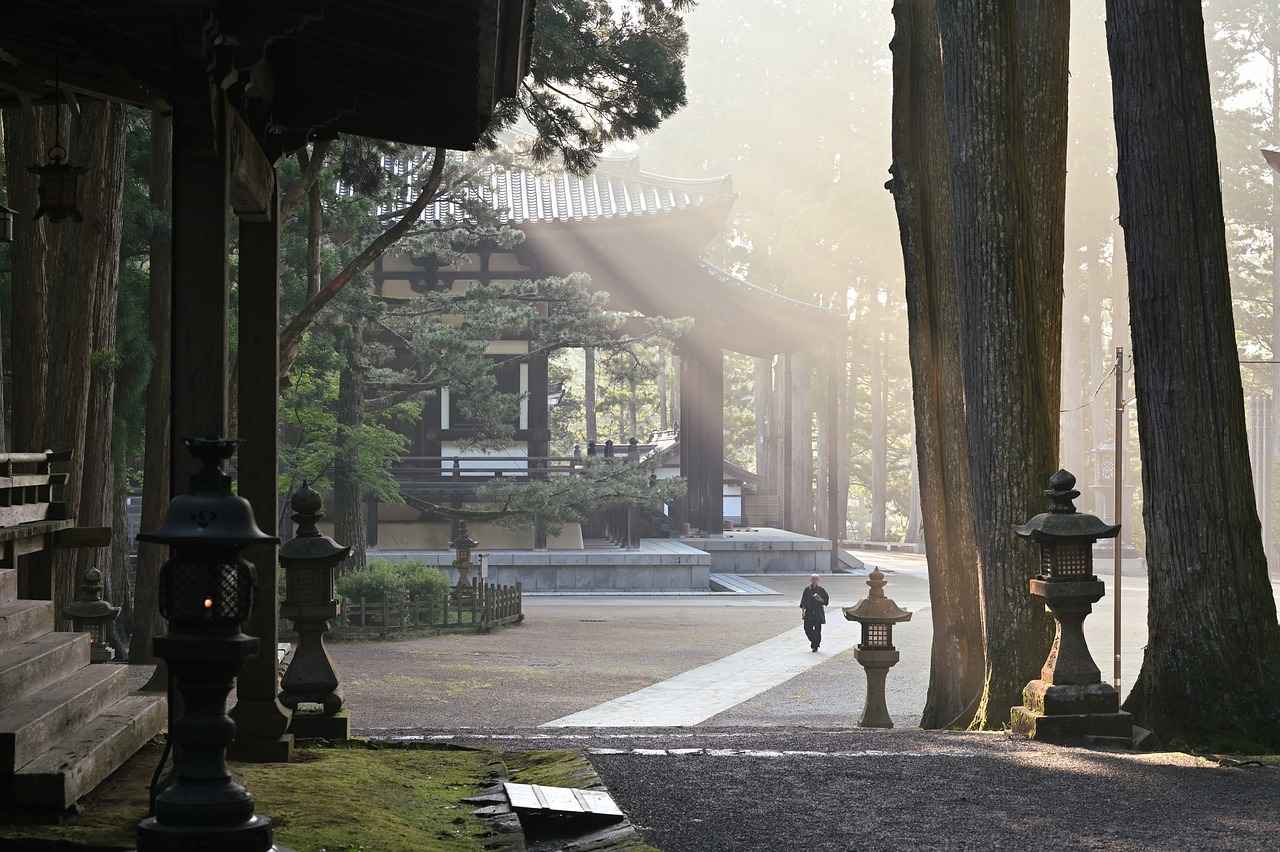
Conclusion: The Enduring Legacy of Tarapith Temple
In summary, the Tarapith Temple is not just a significant landmark in West Bengal, but also a profound embodiment of the region’s spiritual heritage and cultural identity. This temple, dedicated to the goddess Tara, attracts countless pilgrims and tourists who come to seek blessings and experience the serene atmosphere. Its historical roots trace back to ancient times, with legends that enrich its narrative and allure.
The architectural beauty of Tarapith Temple is a sight to behold, showcasing intricate carvings and a unique design that reflects the artistic traditions of the area. Each corner of the temple complex tells a story, contributing to the overall spiritual ambiance that envelops visitors. The main shrine, along with several other notable shrines within the complex, plays a crucial role in the daily rituals and celebrations that take place.
Throughout the year, Tarapith Temple hosts various festivals that draw large crowds, highlighting the vibrant culture and traditions of the local community. These events not only celebrate the goddess Tara but also foster a sense of unity among the devotees, strengthening the bonds of shared faith and cultural identity.
Moreover, the spiritual practices observed at the temple, including daily rituals and special pujas, offer profound insights into the beliefs and values of the Hindu community. Each offering made by the devotees holds significant meaning, reinforcing their connection to the divine.
As a destination, Tarapith is easily accessible, with numerous accommodation options available for those wishing to immerse themselves in its spiritual offerings. The temple’s influence extends beyond its physical presence, inspiring local art, literature, and community life.
Ultimately, the enduring legacy of Tarapith Temple lies in its ability to inspire devotion, foster community, and preserve cultural traditions. It stands as a beacon of spirituality, inviting all who visit to partake in its rich tapestry of history and faith.
Frequently Asked Questions
- What is the significance of Tarapith Temple?
Tarapith Temple is a revered spiritual site dedicated to the goddess Tara, known for its rich history and cultural importance in West Bengal. It attracts countless pilgrims and tourists seeking divine blessings and spiritual solace.
- How can I reach Tarapith Temple?
Reaching Tarapith Temple is quite convenient. You can take a train to the nearest station, Rampurhat, and then hire a taxi or use local transport to cover the remaining distance. Buses and private vehicles are also viable options.
- Are there any festivals celebrated at Tarapith Temple?
Absolutely! Tarapith Temple hosts numerous vibrant festivals throughout the year, including the famous Kali Puja and Tara Jayanti, drawing thousands of devotees who partake in the celebrations and rituals.
- What accommodations are available near the temple?
There are various accommodation options near Tarapith Temple, ranging from budget guesthouses to more comfortable hotels, catering to both pilgrims and tourists looking for a pleasant stay.
- What rituals are performed at Tarapith Temple?
The temple is known for its daily rituals, including special pujas and offerings, which hold deep spiritual significance for devotees, fostering a vibrant atmosphere of devotion and worship.









